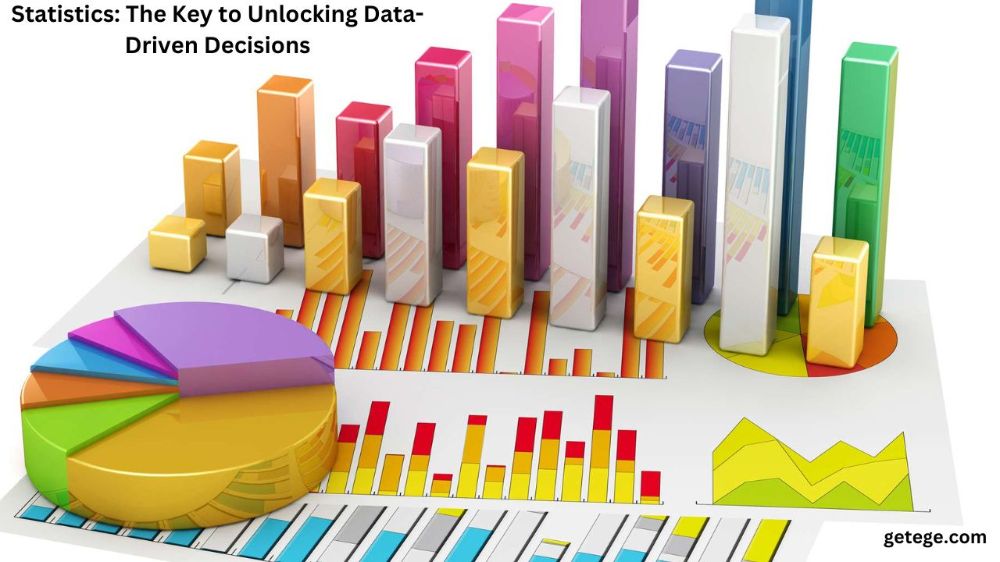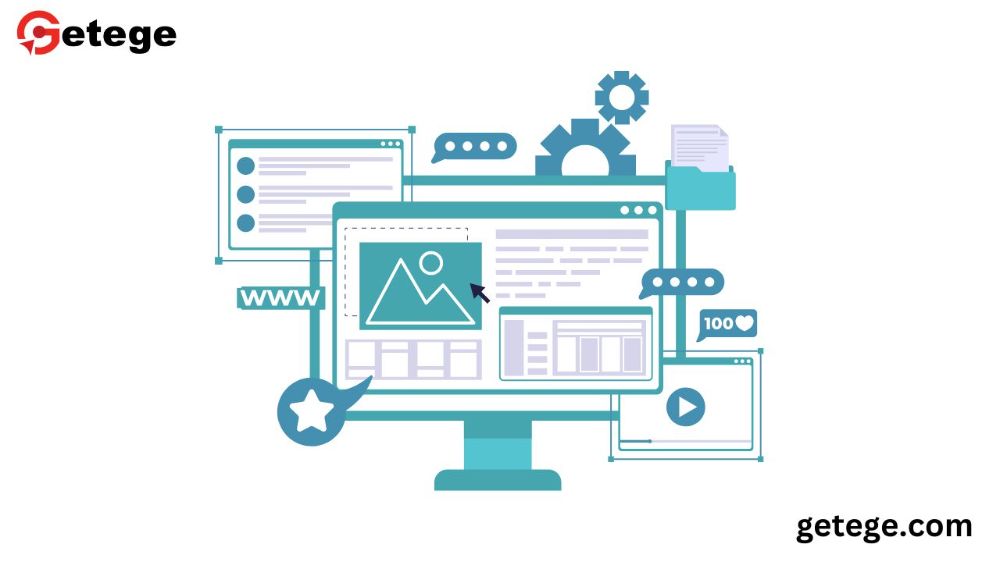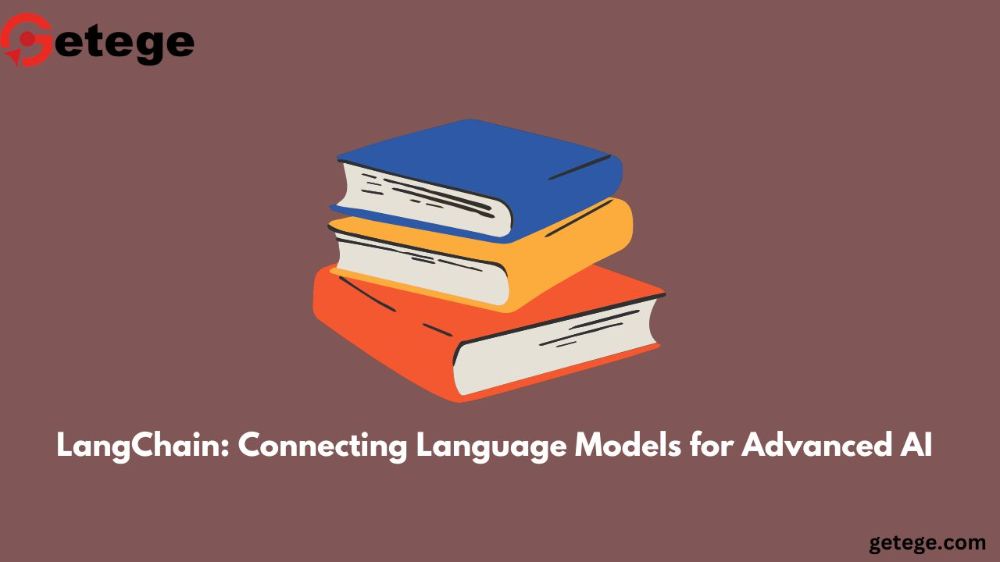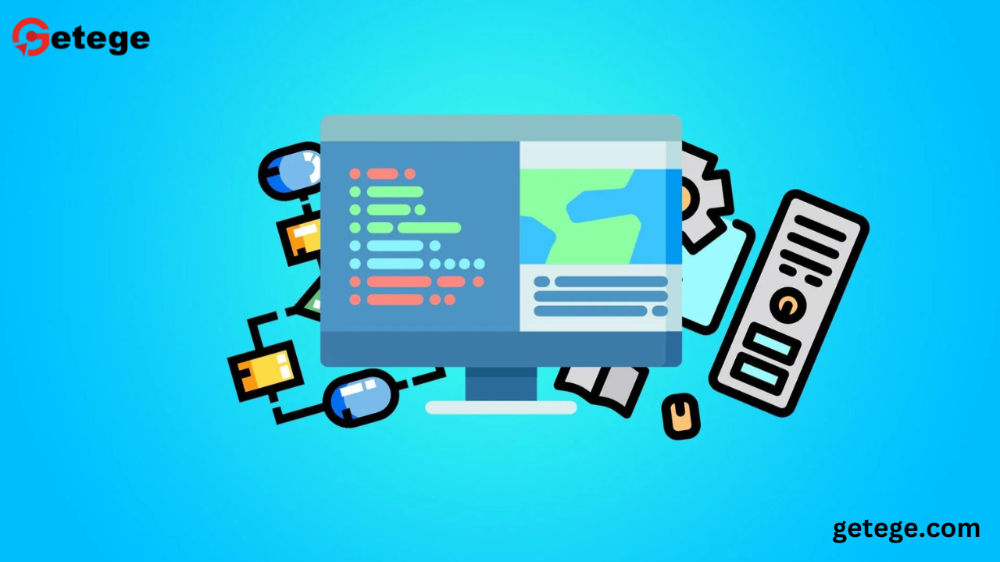Statistics: Uncovering the Power Behind Data-Driven Insights
In today's data-driven world, statistics have become a critical tool for businesses, researchers, and policymakers. The ability to interpret data, identify trends, and make well-informed decisions has transformed statistics into one of the most valuable skills across multiple industries. From analyzing consumer behavior to conducting scientific research, understanding statistics is key to success. This blog post will explore what statistics are, their real-world applications, and why they are essential. We’ll dive into the different types of statistics, the benefits they offer, and how they can be applied in daily life and professional settings. Whether you're a business leader or a curious learner, mastering statistics is an indispensable skill.
What is Statistics?
It involves using numbers to identify patterns, establish trends, and draw conclusions. This data-driven discipline helps us make sense of vast amounts of information, leading to better decision-making and planning.
Types of Statistics
There are two primary types of statistics:
Descriptive Statistics:
Descriptive statistics summarize data from a sample using measures such as the mean, median, mode, and standard deviation. This type of statistics is used to present data in an organized manner and identify key characteristics, such as trends and central tendencies.Inferential Statistics:
Inferential statistics involve making predictions or inferences about a larger population based on a sample. This type of analysis is often used in research and experimental settings to test hypotheses, estimate probabilities, and make future predictions.
Why are Statistics Important?
Statistics are incredibly valuable in various industries and aspects of life. Here are some key reasons why understanding statistics is important:
Data-Driven Decision Making:
In both business and personal life, statistics enable us to make more informed decisions. Whether it's marketing, finance, or healthcare, using statistical data to guide decisions can lead to better outcomes and improved accuracy.Predicting Trends:
By analyzing past data, statistics can help predict future trends, behaviors, and outcomes. This predictive power is crucial for businesses, governments, and scientists who want to stay ahead of the curve.Risk Management:
Using statistics, businesses can assess risks more accurately. They can create models that identify potential threats and help formulate strategies to mitigate them.Scientific Research:
In science, statistics are essential for validating research findings, testing hypotheses, and drawing conclusions from experiments. Without statistics, it would be challenging to determine whether a study's results are significant or simply due to chance.Public Policy and Economics:
Governments and institutions use statistics to understand population dynamics, economic growth, and unemployment rates. Statistics provide the foundation for creating effective public policies.
Core Concepts in Statistics
1. Mean, Median, and Mode:
These are measures of central tendency. The mean is the average of a dataset, the median is the middle value when data is sorted, and the mode is the value that appears most frequently. These metrics help us understand the typical values in a dataset.
2. Standard Deviation:
This measures the variability or spread of a dataset. A low standard deviation indicates that the data points are close to the mean, while a high standard deviation suggests a wider spread of values.
3. Probability:
It is used extensively in inferential statistics to determine the significance of results and to make predictions about future outcomes.
4. Correlation and Regression:
Correlation measures the relationship between two variables, while regression analysis is used to examine the cause-and-effect relationships between dependent and independent variables.
5. Hypothesis Testing:
Hypothesis testing is a statistical method used to determine whether there is enough evidence in a sample to infer that a certain condition is true for the entire population. It’s fundamental in research for validating assumptions and drawing conclusions.
Applications of Statistics
Statistics are used in virtually every industry. Here are a few examples of how different fields leverage statistics:
- Marketing: Statistics help companies analyze consumer behavior and preferences, allowing them to create better-targeted marketing campaigns.
- Finance: Financial analysts use statistics to evaluate investment risks, predict stock market trends, and guide portfolio management.
- Healthcare: In medicine, statistics are used to study disease outbreaks, improve patient treatments, and evaluate the effectiveness of medications.
- Education: Schools and universities rely on statistics to assess student performance, identify areas for improvement, and develop better curricula.
- Sports: Coaches and teams use statistics to assess player performance, craft winning strategies, and evaluate the strengths and weaknesses of competitors.
- Supply Chain Management: Businesses use statistical models to optimize inventory, reduce operational costs, and improve delivery times.
FAQs
1. What are the two main types of statistics?
The two main types of statistics are descriptive statistics, which summarize data, and inferential statistics, which use samples to make predictions about a larger population.
2. How are statistics used in business?
Statistics are used in business to analyze data, guide decision-making, assess risks, predict trends, and optimize operations across departments such as marketing, finance, and production.
3. What is the importance of standard deviation?
Standard deviation is important because it measures how much data points deviate from the mean. It helps businesses and researchers understand variability and consistency in their processes and outcomes.
4. How is probability related to statistics?
Probability plays a key role in inferential statistics, helping to predict the likelihood of events and test the significance of research findings.
Conclusion
Statistics is a powerful tool in today’s data-centric world. By mastering core statistical concepts, you can enhance decision-making, predict trends, and derive valuable insights from data. Whether you're in business, science, or any other field, understanding statistics opens the door to improved performance and greater success.
With statistics, you can transform raw data into actionable insights, optimize operations, and make confident decisions that drive progress.














